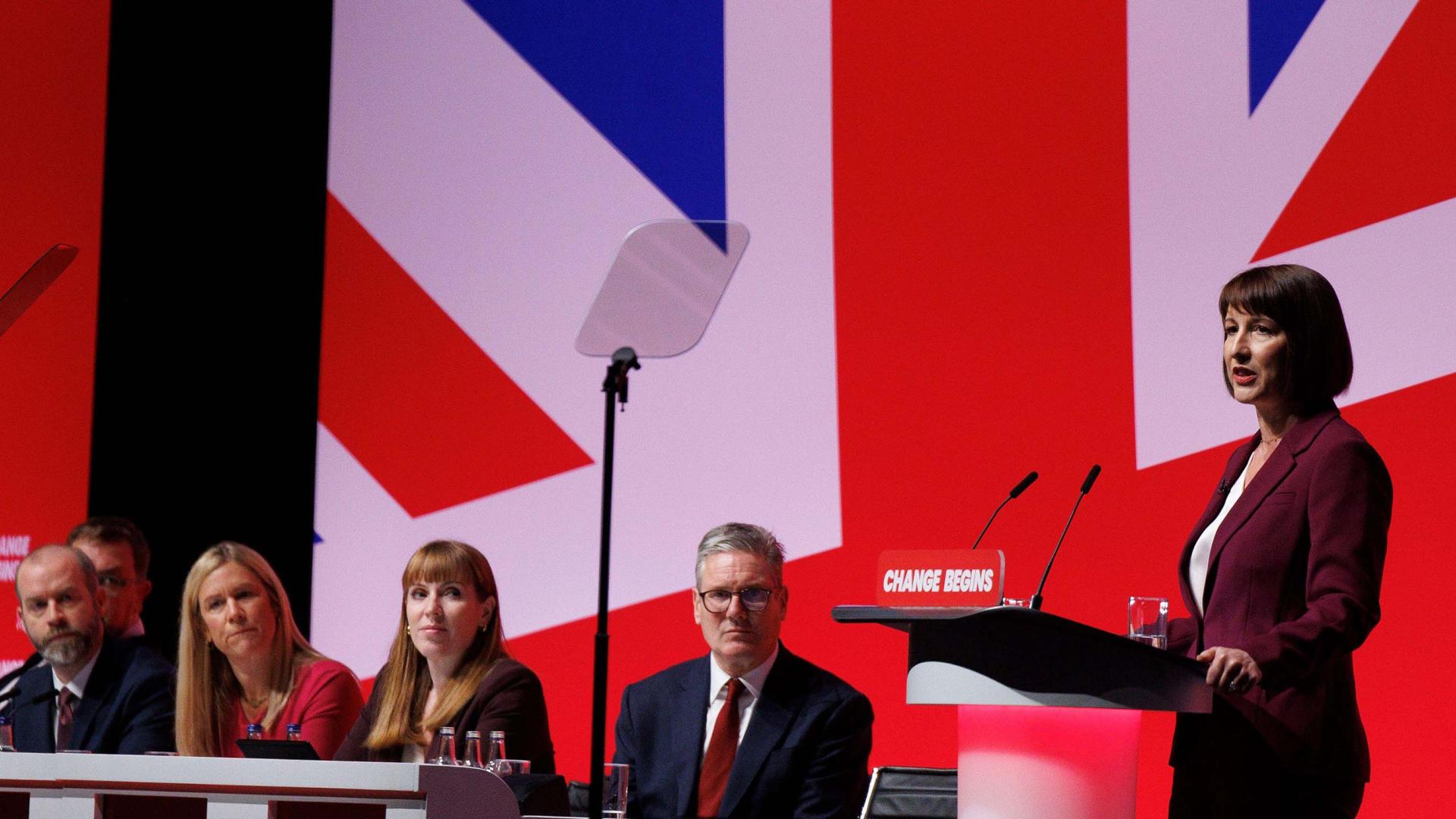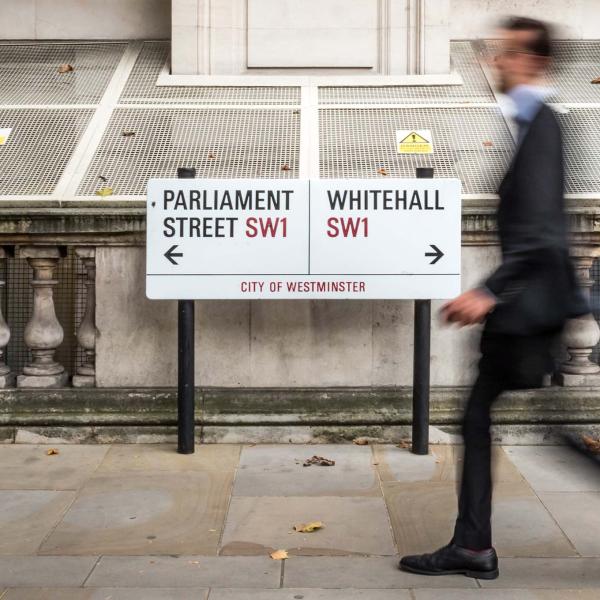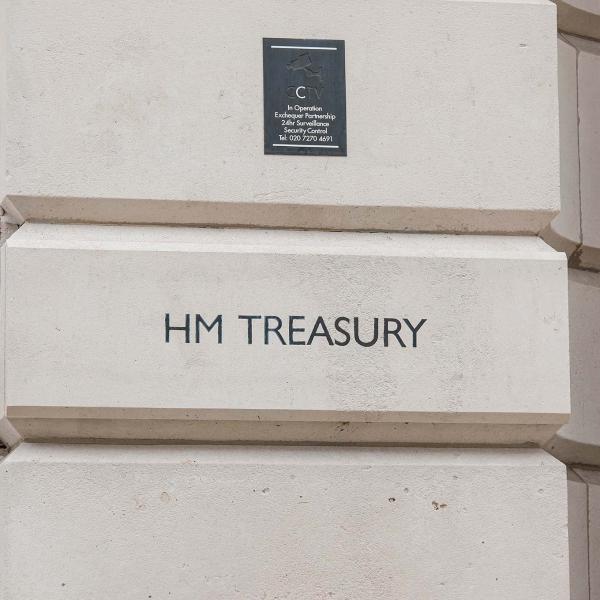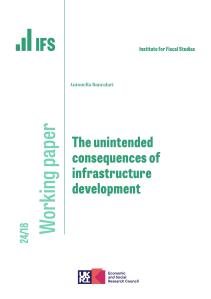The government is committed to holding only one full fiscal event per year, in the autumn. The Spring Statement scheduled for 26 March is intended to be a less significant event – largely an update on the economic and fiscal outlook, rather than an occasion for major policy decisions. This is a welcome commitment: holding two fiscal events per year provides too many temptations for Chancellors to tinker with policy. Yet in recent days, rising interest rates have sparked speculation that the resulting increase in government spending on debt interest will put the government on track to miss its fiscal rules, and that remedial action may be required in the Spring Statement.
There are a number of important points to stress up front, before considering the Chancellor’s options. First, the rise in gilt yields since the early autumn appears to largely be the result of global factors, rather than any decision the UK government has taken in recent weeks or months, and appears to largely reflect market expectations for higher central bank interest rates in the years ahead.
Second, even with higher interest rates, it is far from guaranteed that all £9.9 billion of ‘headroom’ against Rachel Reeves’s ‘stability rule’ (which requires all day-to-day spending to be met from revenues) will be wiped out. As it stands, it is likely to be on a knife edge. There are an enormous number of moving parts in the forecast – not least the outlook for inflation, which has numerous countervailing impacts on the public finances. Rachel Reeves could get lucky, and find herself able to announce to parliament on 26 March that the fiscal rules are still being met without the need for any policy changes.
Third, this episode is an excellent example of the downsides of having a bright-line, pass-fail fiscal rule, measured against a highly uncertain forecast, and aiming to meet that rule almost exactly. A £10 billion revision to the borrowing forecast is not at all out of the ordinary. There is no meaningful difference between a forecast for an extremely small current budget surplus in four years’ time, and a forecast for an extremely small current budget deficit in four years’ time. It is highly undesirable for tax and spending policy to be fine-tuned and over-calibrated in response to run-of-the-mill changes in an uncertain forecast. Had Rachel Reeves left herself a greater margin against her fiscal rule, this might have been avoided (though this would have required either higher taxes or lower spending in the 2024 Autumn Budget).
Ranting over, let us now imagine that market movements do indeed put the Chancellor on track to miss her fiscal rule by a modest margin. What options does she have?
Option one would be to tweak the fiscal rule and bring forward a change that is already intended to come into effect in 2026–27. From that point, when the ‘stability rule’ becomes a three-year rolling target, the target will be expressed as a range: balance will be defined as between –0.5% and +0.5% of GDP. In this scenario, if the Office for Budget Responsibility forecasts a small current budget deficit in the spring, there would be no need for an immediate policy correction. Under such a rule, the government could wait until the autumn fiscal event before taking action. If the government is committed to a single fiscal event per year – as we think it should be – then this approach of targeting a range is eminently sensible. The Chancellor could tweak the Charter for Budget Responsibility – which is only in draft form, and yet to go through parliament – to specify that the target will apply as a range from now, rather than only from 2026–27. From a technocratic perspective, this would not be hard to justify. But moving the goalposts in this way could lead to perceptions that the Chancellor has missed the spirit of her rule only a few months after introducing it, with possible implications for market participants’ perceptions of her fiscal credibility.
One risk of delaying decisions until the autumn, from a Treasury perspective, is that once detailed departmental allocations are set out in the June Spending Review, spending plans will likely be much harder to change (because it would mean specifying cuts to individual departments or making spending plans even more implausibly front-loaded). That would make meaningful spending cuts much more difficult to implement, and perhaps make tax rises more likely.
Which brings us to option two: to pare back the generosity of the government’s spending plans. Day-to-day public service funding is currently set to grow by 1.3% per year in real terms after 2025–26. This total has not yet been allocated to departments. The government could reduce the 1.3% number to, say, 0.9% per year in real terms and reduce the spending envelope by around £9 billion in 2029–30. That might be enough to offset the impact of higher debt interest spending, and plans could always be topped up later if conditions improve. It would, of course, make for a more difficult Spending Review and for (even) bigger cuts to unprotected, non-priority areas of spending. That would be unlikely to make the Chancellor a popular figure around the Cabinet table, and could put at risk the government’s various promises to improve public service performance. She could pursue savings outside of public services, by making cuts to the generosity of social security payments, though this would bring its own set of challenges.
Option three would be to break the commitment to hold only one fiscal event per year, and use the Spring Statement to announce additional tax rises. Given the nature of the fiscal rule, those could be ‘contingent’ tax rises announced for 2028–29, with no change for now and the option of not implementing them if conditions improve.
Option four would be to do nothing, and to break the ‘non-negotiable’ fiscal rules, in the hope that growth picks up, interest rates fall or something else rides to the rescue.
It is a rather unenviable set of options. This unfortunate predicament is largely the consequence of a difficult fiscal inheritance and global economic factors. But it also reflects a series of government choices and mutually incompatible promises: to stick to a hard, numerical fiscal rule while leaving only the finest of margins against it; to prioritise public services and avoid imposing another round of austerity; not to raise the biggest taxes, and not to raise taxes again after the Autumn Budget; and to hold only one fiscal event per year. If higher interest rates wipe out the so called ‘headroom’, something will have to give.










